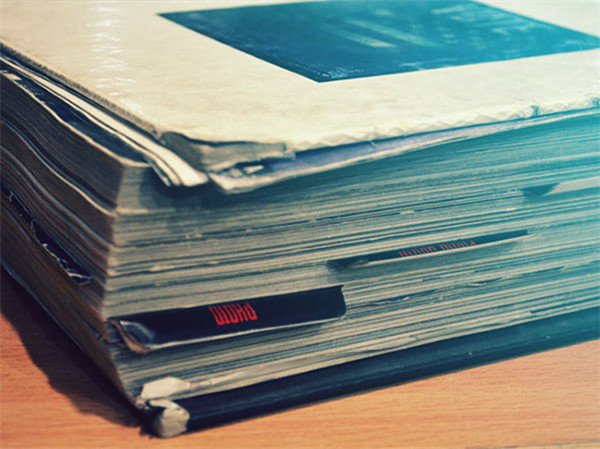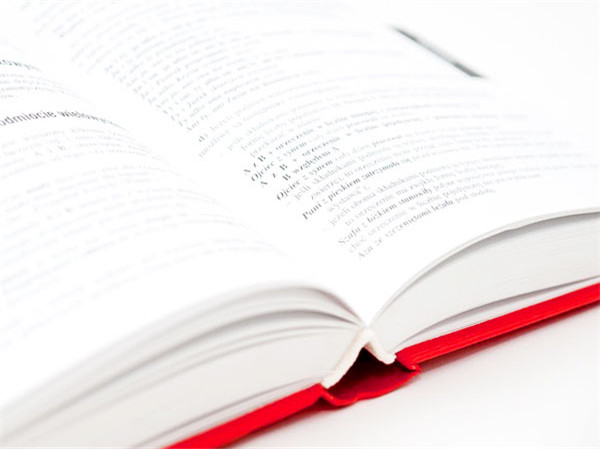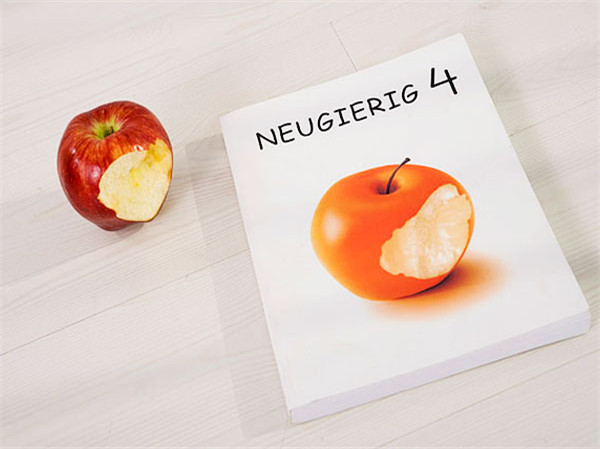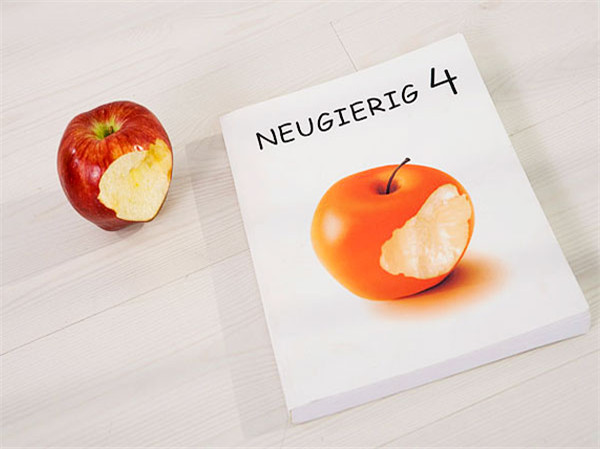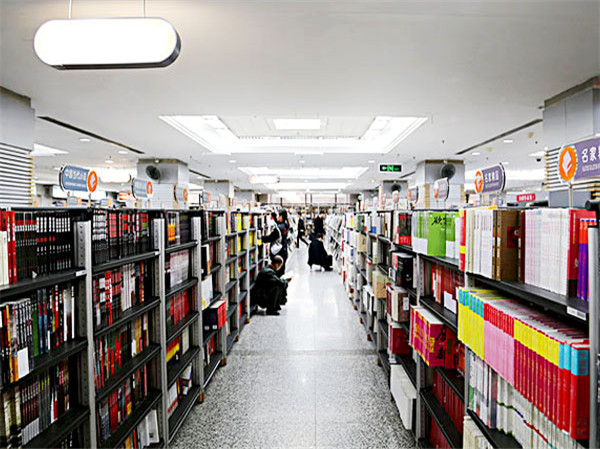现在大家在进行托福备考时官方真题Official托福模考软件相信是大家用的最多的工具了,对于托福成绩的提升是非常有帮助的。托福听力可以说是整个托福考试当中比较重要的一个部分,如何利用现有资料官方真题Official模考软件来提升大家的托福成绩呢?今天小编在这里整理了官方真题Official3托福阅读Passage2原文文本+题目+答案解析来分享给大家,希望对大家托福听力备考有帮助。

官方真题Official3托福阅读Passage2原文文本
Depletion of the Ogallala Aquifer
The vast grasslands of the High Plains in the central United States were settled by farmers and ranchers in the 1880s. This region has a semiarid climate, and for 50 years after its settlement, it supported a low-intensity agricultural economy of cattle ranching and wheat farming. In the early twentieth century, however, it was discovered that much of the High Plains was underlain by a huge aquifer (a rock layer containing large quantities of groundwater). This aquifer was named the Ogallala aquifer after the Ogallala Sioux Indians, who once inhabited the region
The Ogallala aquifer is a sandstone formation that underlies some 583,000 square kilometers of land extending from northwestern Texas to southern South Dakota. Water from rains and melting snows has been accumulating in the Ogallala for the past 30,000 years. Estimates indicate that the aquifer contains enough water to fill Lake Huron, but unfortunately, under the semiarid climatic conditions that presently exist in the region, rates of addition to the aquifer are minimal, amounting to about half a centimeter a year.
The first wells were drilled into the Ogallala during the drought years of the early 1930s. The ensuing rapid expansion of irrigation agriculture, especially from the 1950s onward, transformed the economy of the region. More than 100,000 wells now tap the Ogallala. Modern irrigation devices, each capable of spraying 4.5 million liters of water a day, have produced a landscape dominated by geometric patterns of circular green islands of crops. Ogallala water has enabled the High Plains region to supply significant amounts of the cotton, sorghum, wheat, and corn grown in the United States. In addition, 40 percent of American grain-fed beef cattle are fattened here.
This unprecedented development of a finite groundwater resource with an almost negligiblenatural recharge rate—that is, virtually no natural water source to replenish the water supply—has caused water tables in the region to fall drastically. In the 1930s, wells encountered plentiful water at a depth of about 15 meters; currently, they must be dug to depths of 45 to 60 meters or more. In places, the water table is declining at a rate of a meter a year, necessitating the periodic deepening of wells and the use of ever-more-powerful pumps. It is estimated that at currentwithdrawal rates, much of the aquifer will run dry within 40 years. The situation is most critical in Texas, where the climate is driest, the greatest amount of water is being pumped, and the aquifer contains the least water. It is projected that the remaining Ogallala water will, by the year 2030, support only 35 to 40 percent of the irrigated acreage in Texas that is supported in 1980.
The reaction of farmers to the inevitable depletion of the Ogallala varies. Many have been attempting to conserve water by irrigating less frequently or by switching to crops that require less water. Others, however, have adopted the philosophy that it is best to use the water while it is still economically profitable to do so and to concentrate on high-value crops such as cotton. The incentive of the farmers who wish to conserve water is reduced by their knowledge that many of their neighbors are profiting by using great amounts of water, and in the process are drawing down the entire region’s water supplies.
In the face of the upcoming water supply crisis, a number of grandiose schemes have been developed to transport vast quantities of water by canal or pipeline from the Mississippi, the Missouri, or the Arkansas rivers. Unfortunately, the cost of water obtained through any of these schemes would increase pumping costs at least tenfold, making the cost of irrigated agricultural products from the region uncompetitive on the national and international markets. Somewhat more promising have been recent experiments for releasing capillary water (water in the soil) above the water table by injecting compressed air into the ground. Even if this process proves successful, however, it would almost triple water costs. Genetic engineering also may provide a partial solution, as new strains of drought-resistant crops continue to be developed. Whatever the final answer to the water crisis may be, it is evident that within the High Plains, irrigation water will never again be the abundant, inexpensive resource it was during the agricultural boom years of the mid-twentieth century.
查看官方真题Official3托福阅读Passage2的题目请进入下一页→→→
相关推荐
-
托福考试不小心按取消了怎么办
2025-03-20![托福考试不小心按取消了怎么办]()
-
最多考几次托福能过
2024-12-24![最多考几次托福能过]()
-
托福到底能考多少分?19年必练真题告诉你答案
APP专享![托福到底能考多少分?19年必练真题告诉你答案]()
-
有多少词汇量才可以参加托福
2024-12-03![有多少词汇量才可以参加托福]()
-
【官方真题Official托福阅读】官方真题Official3托福阅读词汇真题练习——pales&significance
2015-11-19![【官方真题Official托福阅读】官方真题Official3托福阅读词汇真题练习——pales&significance]()
-
【托福听力备考】官方真题Official听力高频词汇——文学讲座学科词汇汇总
2015-11-06![【托福听力备考】官方真题Official听力高频词汇——文学讲座学科词汇汇总]()
-
【官方真题Official托福阅读】官方真题Official3托福阅读词汇真题练习——ensuing&initial
2015-11-19![【官方真题Official托福阅读】官方真题Official3托福阅读词汇真题练习——ensuing&initial]()
-
【官方真题Official托福模考】官方真题Official4托福阅读词汇真题练习 adjacent&nearby
2015-12-04![【官方真题Official托福模考】官方真题Official4托福阅读词汇真题练习 adjacent&nearby]()
-
官方真题Official5托福阅读词汇真题练习——promote&complicate
2015-12-09![官方真题Official5托福阅读词汇真题练习——promote&complicate]()
-
官方真题Official5托福阅读词汇真题练习——afford&offer
2015-12-09![官方真题Official5托福阅读词汇真题练习——afford&offer]()
-
官方真题Official5托福阅读词汇真题练习——overwhelm&powerful
2015-12-09![官方真题Official5托福阅读词汇真题练习——overwhelm&powerful]()
-
官方真题Official4托福阅读词汇真题练习——rebound&decline
2015-12-04![官方真题Official4托福阅读词汇真题练习——rebound&decline]()
-
【官方真题Official托福阅读】官方真题Official3托福阅读词汇真题练习——adjacent&neighbor
2015-11-19![【官方真题Official托福阅读】官方真题Official3托福阅读词汇真题练习——adjacent&neighbor]()
-
【托福阅读备考】官方真题Official1托福阅读词汇真题练习——championed&attributes
2015-11-09![【托福阅读备考】官方真题Official1托福阅读词汇真题练习——championed&attributes]()
-
【托福听力提分】有效使用托福听力官方真题Official的4个阶段详解
2015-10-28![【托福听力提分】有效使用托福听力官方真题Official的4个阶段详解]()
-
【考托写作资料】小站独家深度解析官方原题Official32——综合写作 Reading
2014-06-13![【考托写作资料】小站独家深度解析官方原题Official32——综合写作 Reading]()
-
【官方真题Official托福阅读】官方真题Official3托福阅读词汇真题练习——arduous&difficult
2015-11-19![【官方真题Official托福阅读】官方真题Official3托福阅读词汇真题练习——arduous&difficult]()
-
【托福听力备考】官方真题Official听力高频词汇——建筑讲座学科词汇汇总
2015-11-06![【托福听力备考】官方真题Official听力高频词汇——建筑讲座学科词汇汇总]()
-
官方真题Official5托福阅读词汇真题练习——implement&skill
2015-12-09![官方真题Official5托福阅读词汇真题练习——implement&skill]()
-
【官方真题Official托福阅读】官方真题Official3托福阅读词汇真题练习——inevitable&final
2015-11-19![【官方真题Official托福阅读】官方真题Official3托福阅读词汇真题练习——inevitable&final]()
-
【托福阅读备考】官方真题Official1托福阅读词汇真题练习——plugged&washed
2015-11-09![【托福阅读备考】官方真题Official1托福阅读词汇真题练习——plugged&washed]()
定制专属课程规划
领取成功
添加助教,定制你的专属课程规划

每日提分任务
专业提分资料
全程督学答疑









